- Reyno Gourmet
- Navarra Food
Quality Labels
Collective trademark
Other unique foods
- Recipes
- Trade Shows
Navarra wines are for all occasions and all tastes, adapted to consumers looking to experience new sensations or relive pleasant moments. A universe where everyone can find their own style of wine.
The wide range of white and red varieties grown in Navarra makes it possible to produce wines of all styles adapted to the tastes of consumers: rosés, young and oaked whites, reds and sweet wines.
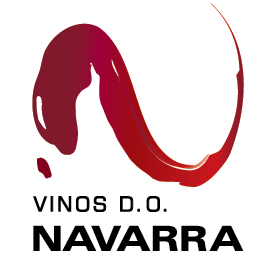
The great diversity of the Navarra DO is one of its main defining characteristics due to the variety of landscapes and climates it covers: Atlantic, continental and Mediterranean. The proximity of the Bay of Biscay, the influence of the Pyrenees and the clemency of the Ebro valley allow for this varied climate.
All these circumstances mark the Navarra landscape where the more-than-10,200 hectares of the Designation of Origin sit in all types of ecosystems and vine-growing locations: slopes, river banks, plateaus and plains, which define 5 different production areas: Baja Montaña, Valdizarbe, Tierra Estella, Ribera Alta and Ribera Baja.
Valdizarbe is at the heart of the Way of St James as it makes its way through Navarra and is a transitional climate zone between the green north and the semi-arid south of the Community, giving rise to vineyards which offer magnificent results.
Located in the west of the mid-region of Navarra, Tierra Estella extends along the Way of St James, west of Valdizarbe, in the middle of the Ega River basin.
Ribera Alta is located in the strip in the middle of Navarra and its wine capital is Olite. It is located on the left bank of the Ebro River, above the lower basins of the Arga, Ega and Aragon.
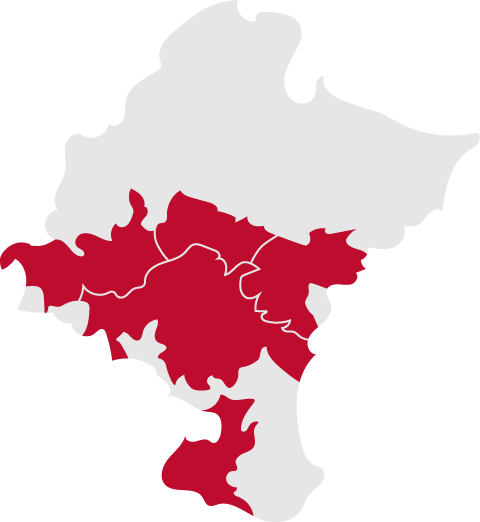
Baja Montaña is the northernmost area and is located in the northeast of the region covered by the Designation, in the middle of the Aragon River basin. It’s a sub-humid climate zone.
Ribera Baja, in the south of Navarra, is home to the largest vineyards and the greatest number of wineries. It is located on the right bank of the Ebro River.
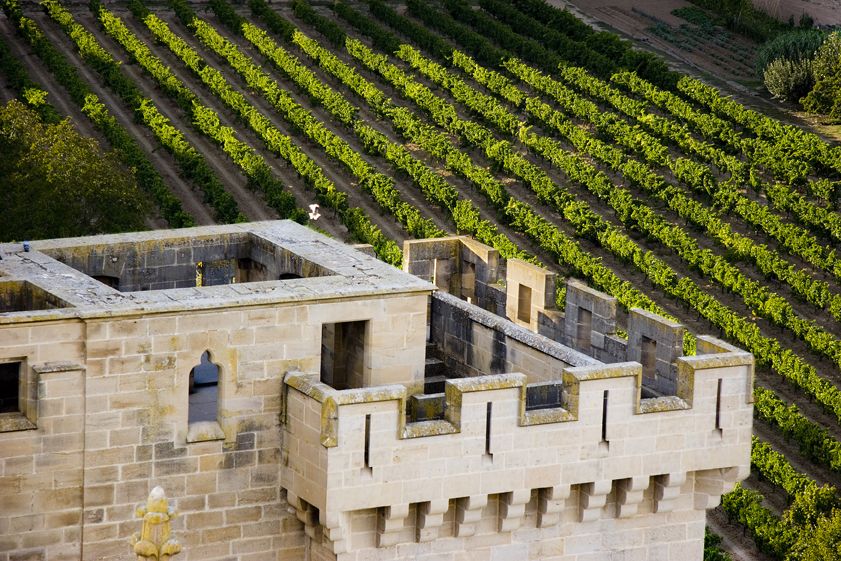
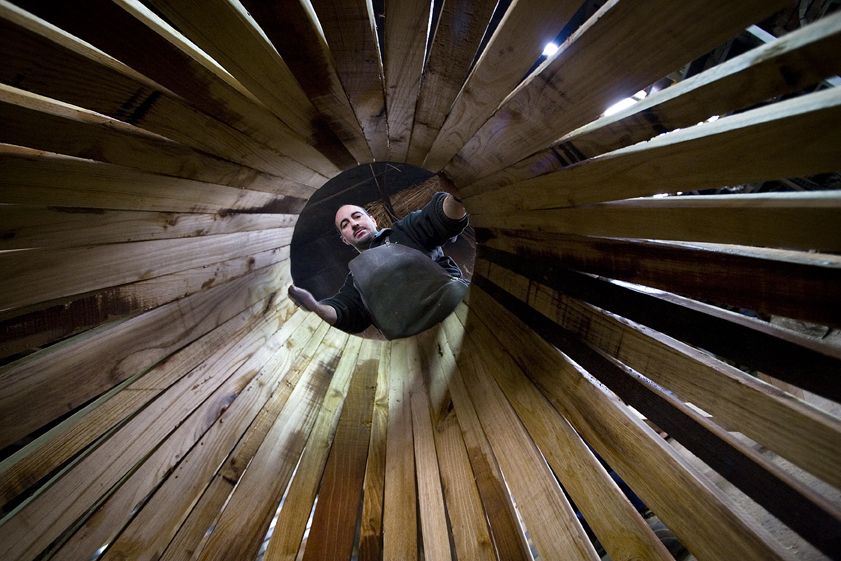
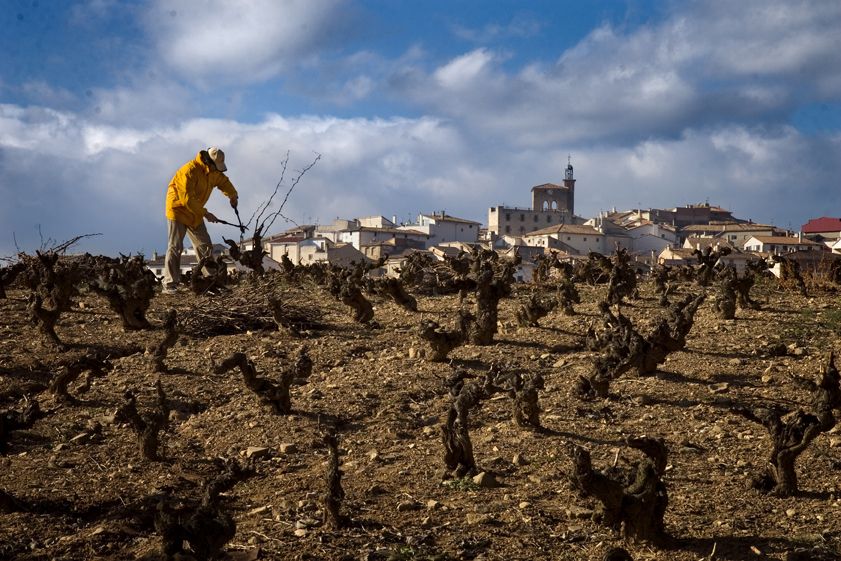
Evolution of winegrowers and wineries
Two decades ago, Navarra wine began an evolution which has totally transformed it. First, in the 1980s, foreign varieties such as chardonnay for whites and cabernet sauvignon and merlot for reds were introduced and began to coexist with the traditional viura, tempranillo and garnacha (accounting for the greater part of the grapes and the great protagonist in the area). These varieties, very well adapted, to the region were used to seek new expression without pushing aside the eternal potential of traditional grapes.
Then in the 1990s, there arrived on the scene a handful of enterprising winemakers eager to revolutionise the situation who, exacting and open to experimentation, firmly set their sights on quality as their chief objective. And so continues the situation today, with the advent of new wineries with projects based on terroir and originality.
Varieties
More than 70% of the region’s vineyards are home to native varieties such as garnacha, tempranillo, moscatel de grano menudo and viura, while the remaining 30% are used for better known international varieties: cabernet sauvignon, chardonnay, etc.
In total, 90% of the grapes produced in Navarra are red and only 10% are white. The varieties covered are:
Red varieties: Tempranillo, Garnacha, Cabernet Sauvignon, Merlot, Mazuelo, Graciano, Syrah and Pinot Noir.
White varieties Viura, Chardonnay, Moscatel de grano menudo, Malvasía, Garnacha Blanca and Sauvignon Blanc.
Not long ago a team of researchers identified plants belonging to the original, primitive vitis silvestris in Navarra. Few places in the world have found such plant material, whose age can be estimated at five million years.
The first documented evidence of vine growing and winemaking in Navarra dates from the time of Roman rule. The remains of ancient Roman wine cellars, funerary monuments and amphorae confirm the social and economic importance of winegrowing at that time. Under Arab rule, the importance of the vine was maintained and, little by little, the boundaries of the crop expanded.
In the Middle Ages, the establishment of the first monasteries, in the ninth and tenth centuries, and the start of the Way of St James pilgrimage were two landmarks in the progress of local vineyards. The pilgrims brought new wine varieties to Navarra and in the monastic cloisters word was quick to spread about new winemaking techniques.
By the 14th century, Navarra was already an important wine producer and exporter. The beginning of the 15th century was probably when the crop expanded the most, reaching beyond the limits of Pamplona in the north. Vines were the main crop of Pamplona’s farmers, to such an extent that it was necessary to limit the land devoted to vineyards in order to grow the cereal needed to feed the inhabitants of the Kingdom.
In more modern times, while the nineteenth century marked the heyday of Navarra viticulture, it also brought catastrophe. The appearance of phylloxera in France as of 1856 led to the destruction of the country’s vineyards and an absolute explosion of winegrowing in Navarra, exporting its wine to its neighbour.
But a few years later, phylloxera arrived and razed Navarra’s vineyards too. Of the 50,000 hectares grown in Navarra, 48,500 were destroyed.
After this catastrophe came the initiative to reconstruct all of Spain’s vineyards. Driven by the Provincial Council, new phylloxera-resistant nurseries were set up to supply Navarra winemakers and those from all over Spain who so requested with the new varieties of rootstock and vine.
Navarra currently has 10,500 hectares spread over its five wine production areas.
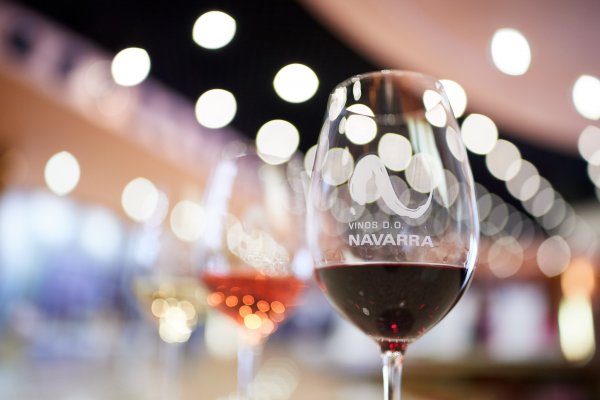
The Navarra Designation of Origin sells young wines, oaked wines, crianzas, reservas, Gran Reservas and natural sweet wines; and the authorised grape varieties are: Garnacha, Cabernet Sauvignon, Merlot, Graciano, Tempranillo, Syrah and Pinot Noir for reds; Chardonnay, Malvasía, Garnacha Blanca, Viura, Sauvignon Blanc and Moscatel de Grano Menudo for whites.
Further information: https://www.navarrawine.com/
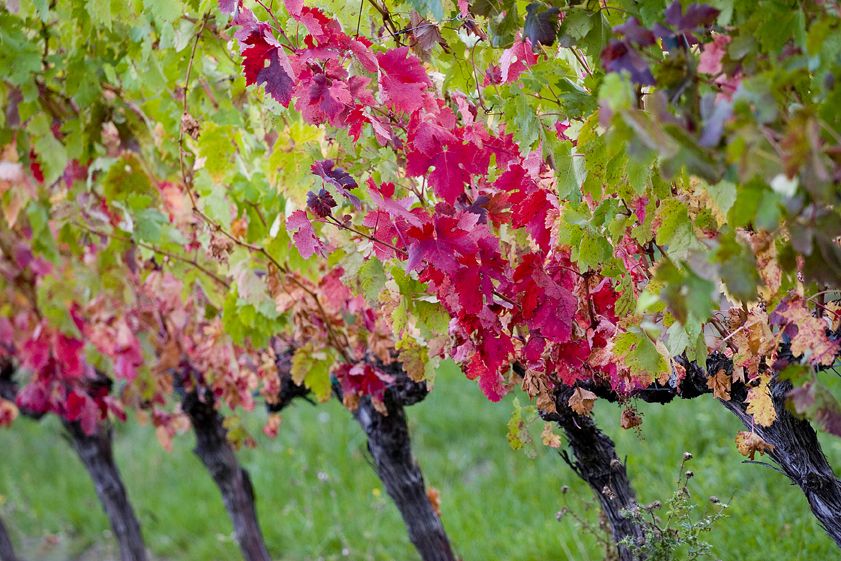
Want to be kept up to date on Reyno Gourmet’s news, events, competitions and promotions?
Leave us your email and periodically receive our newsletter in your inbox.
Responsible: Navarro Institute of Agro-food Technologies and Infrastructures, SA (INTIA) Purpose: Manage the sending of the requested information and in relation to the activity. Legitimation: Consent of the interested party. Recipients: No data will be transferred to third parties, except legal obligation. Rights: Access, rectify and delete the data, as well as other rights as explained in the additional information. Additional information: https://intiasa.es/es/nota-legal.html